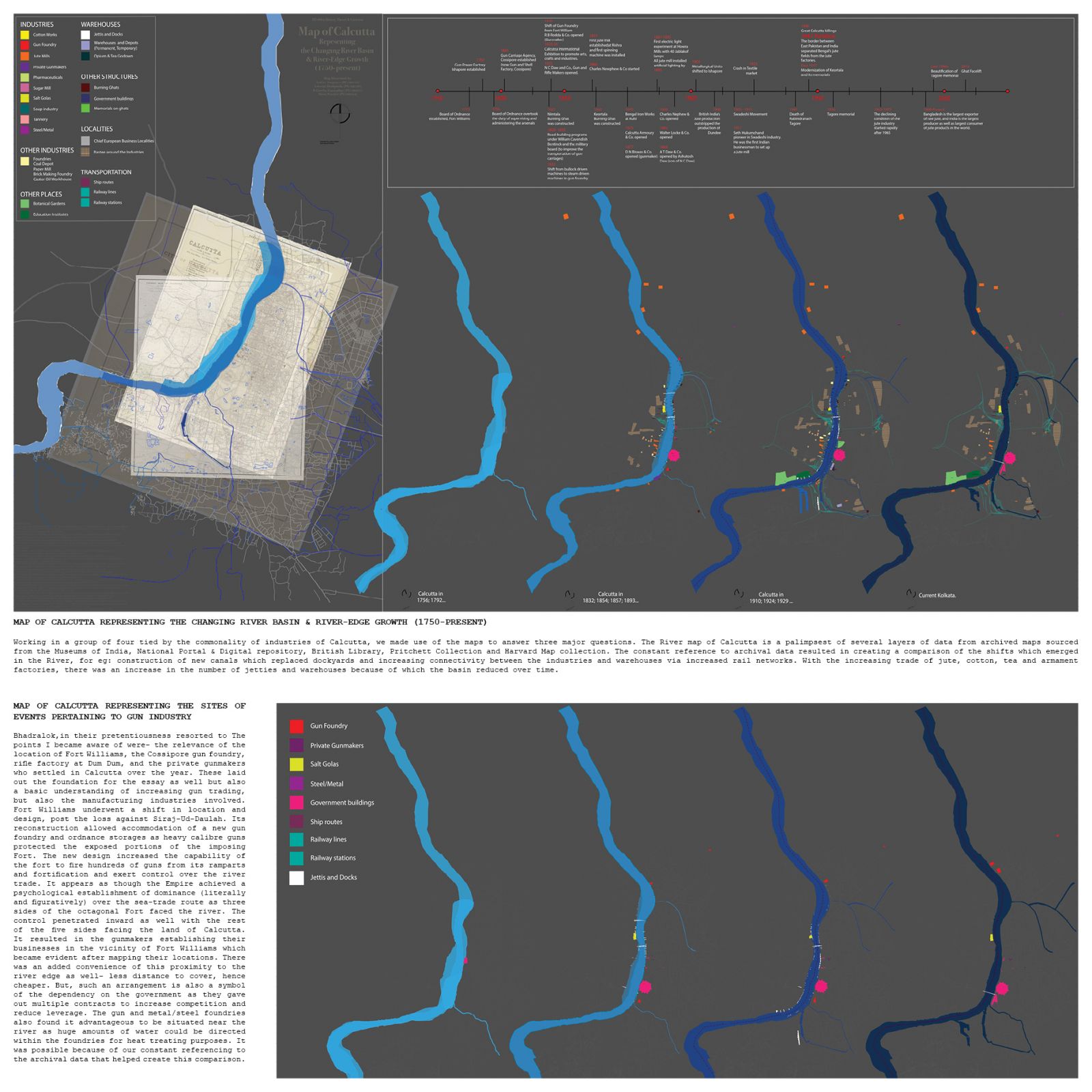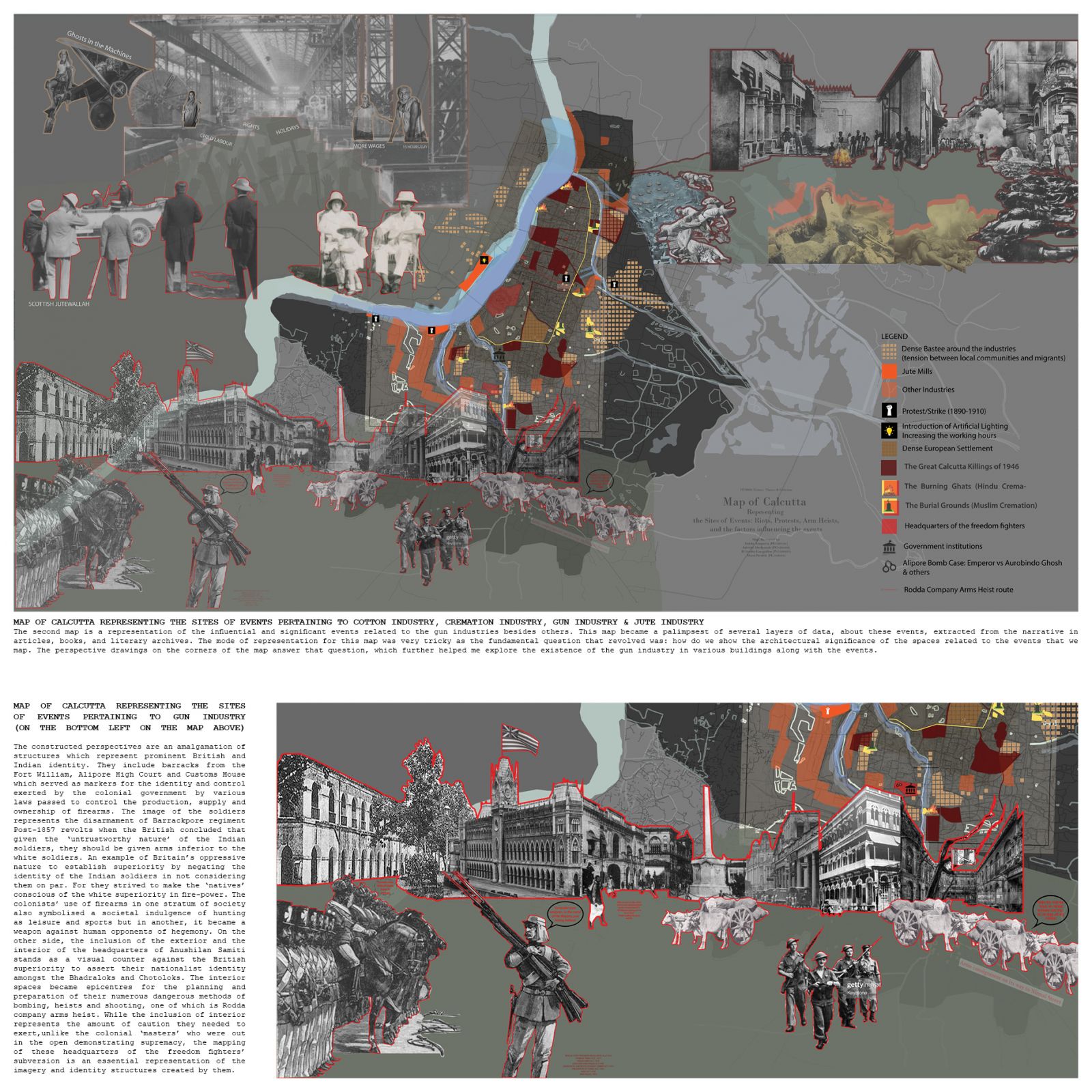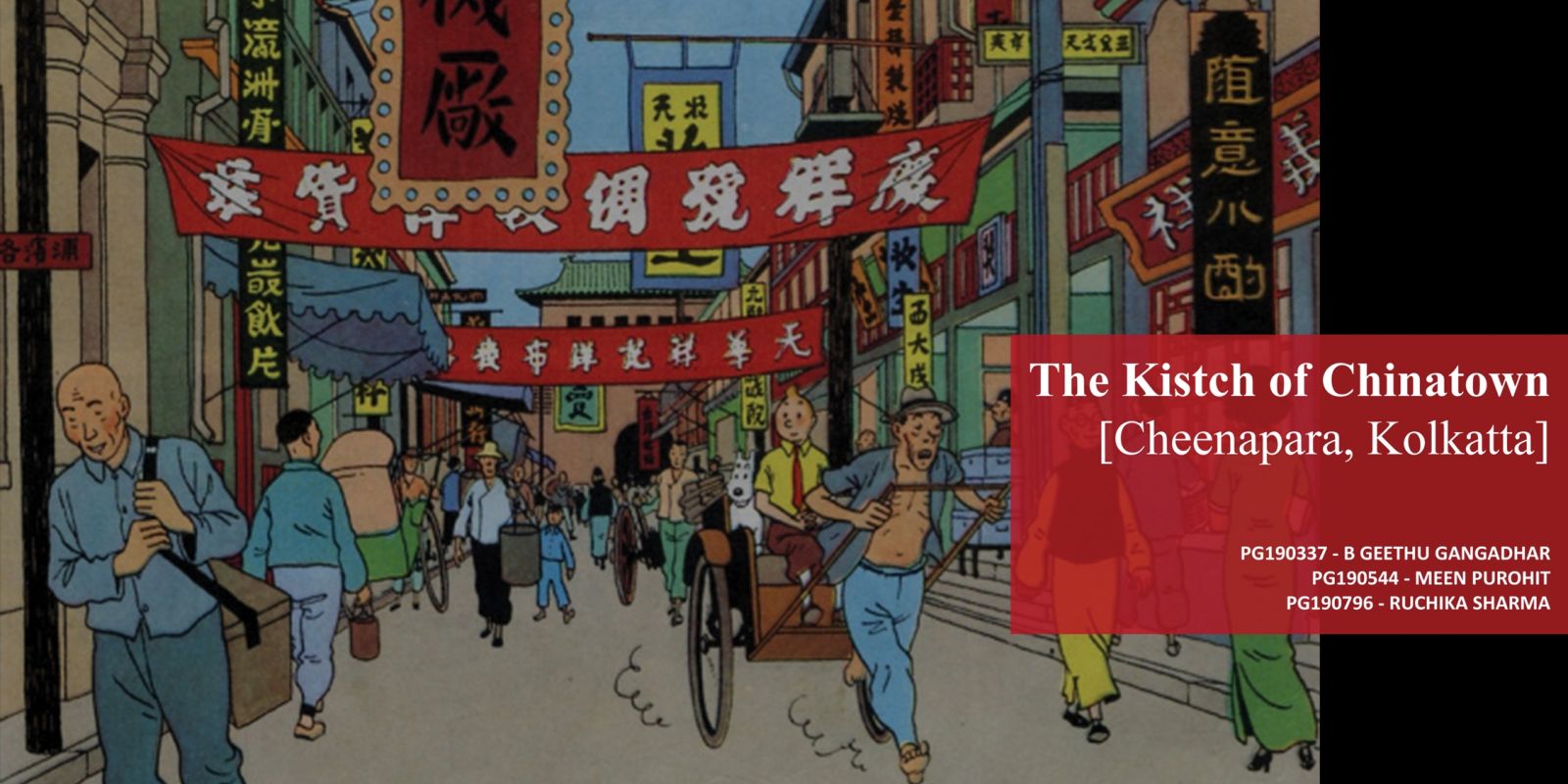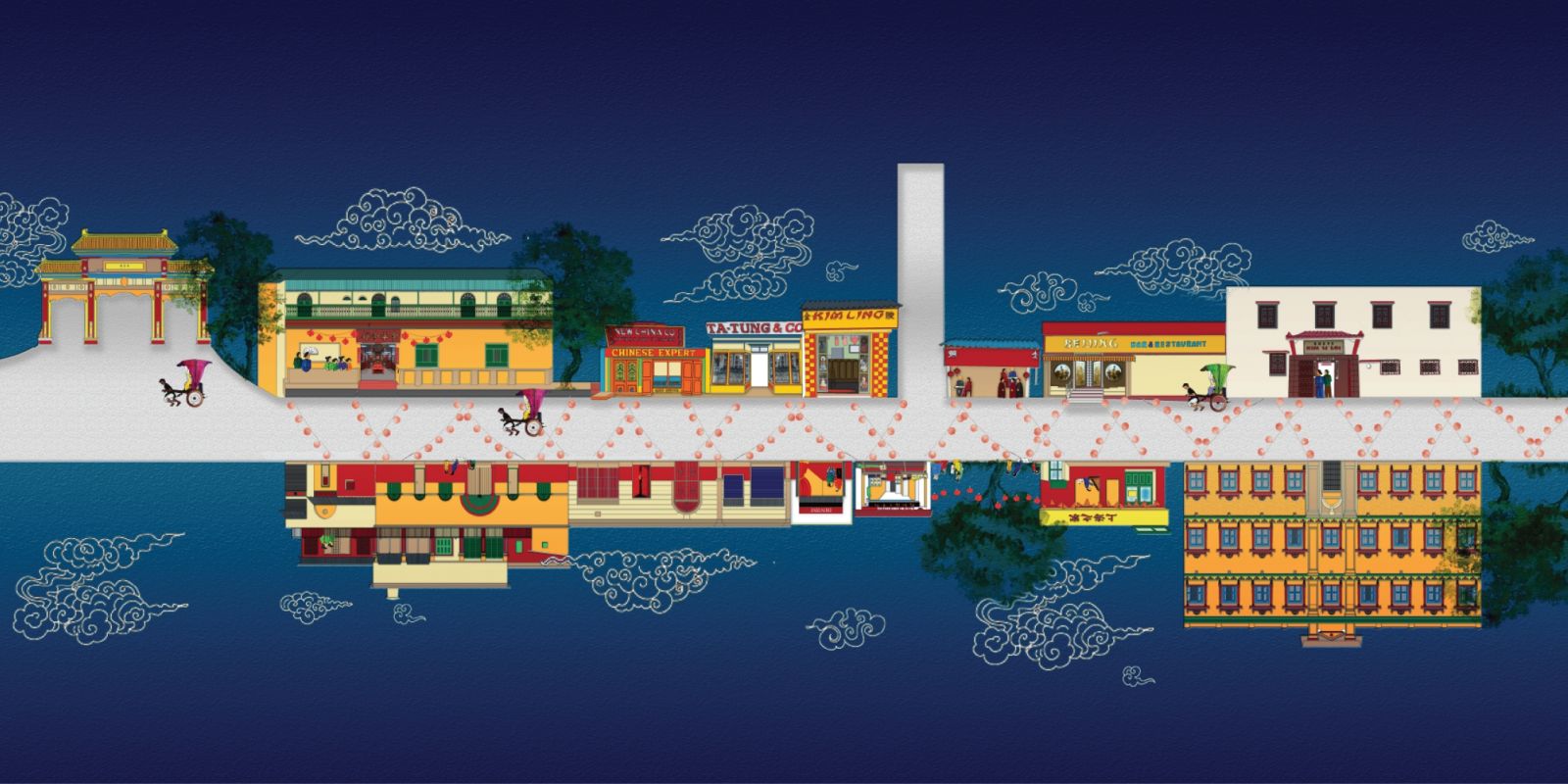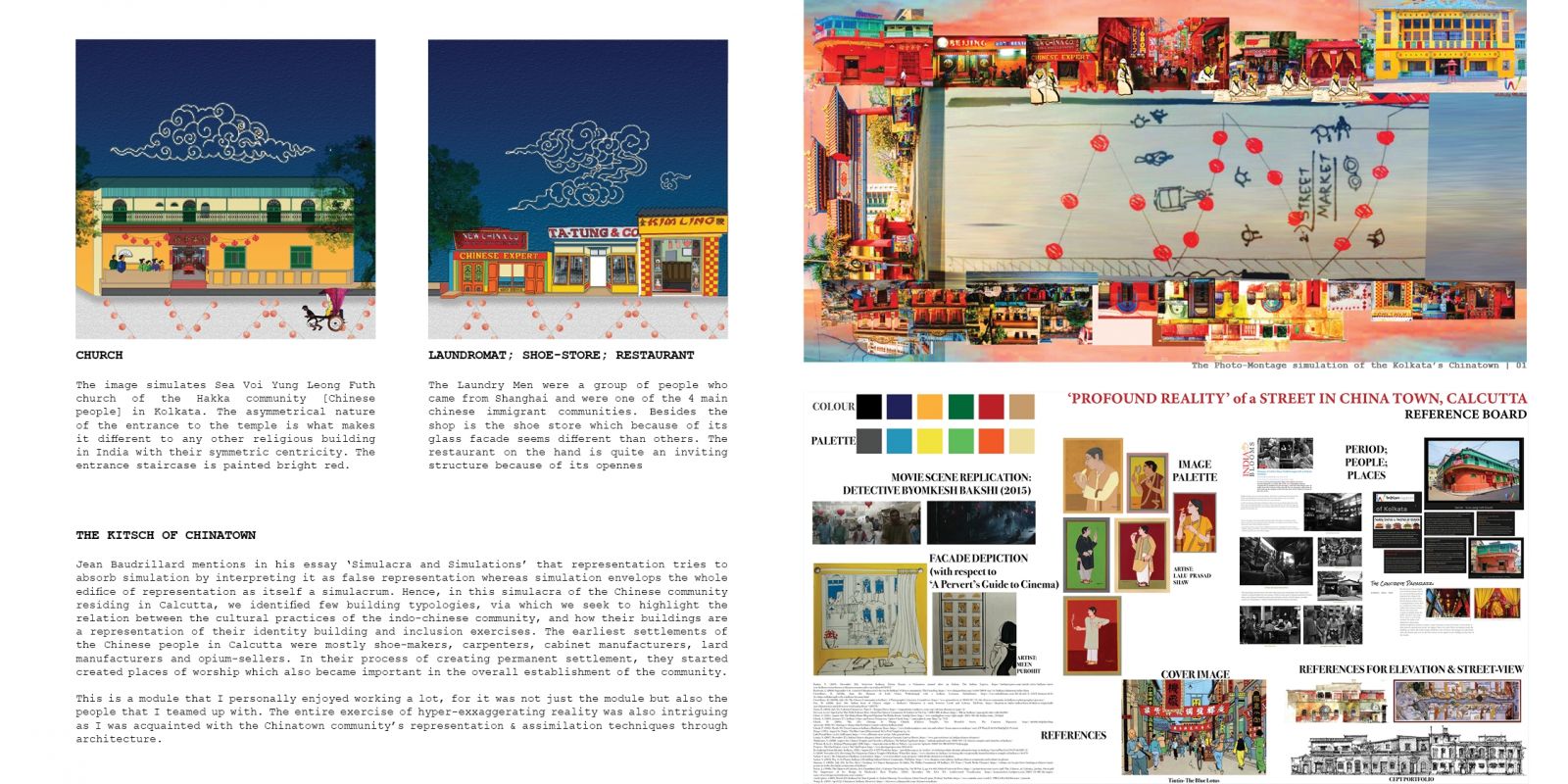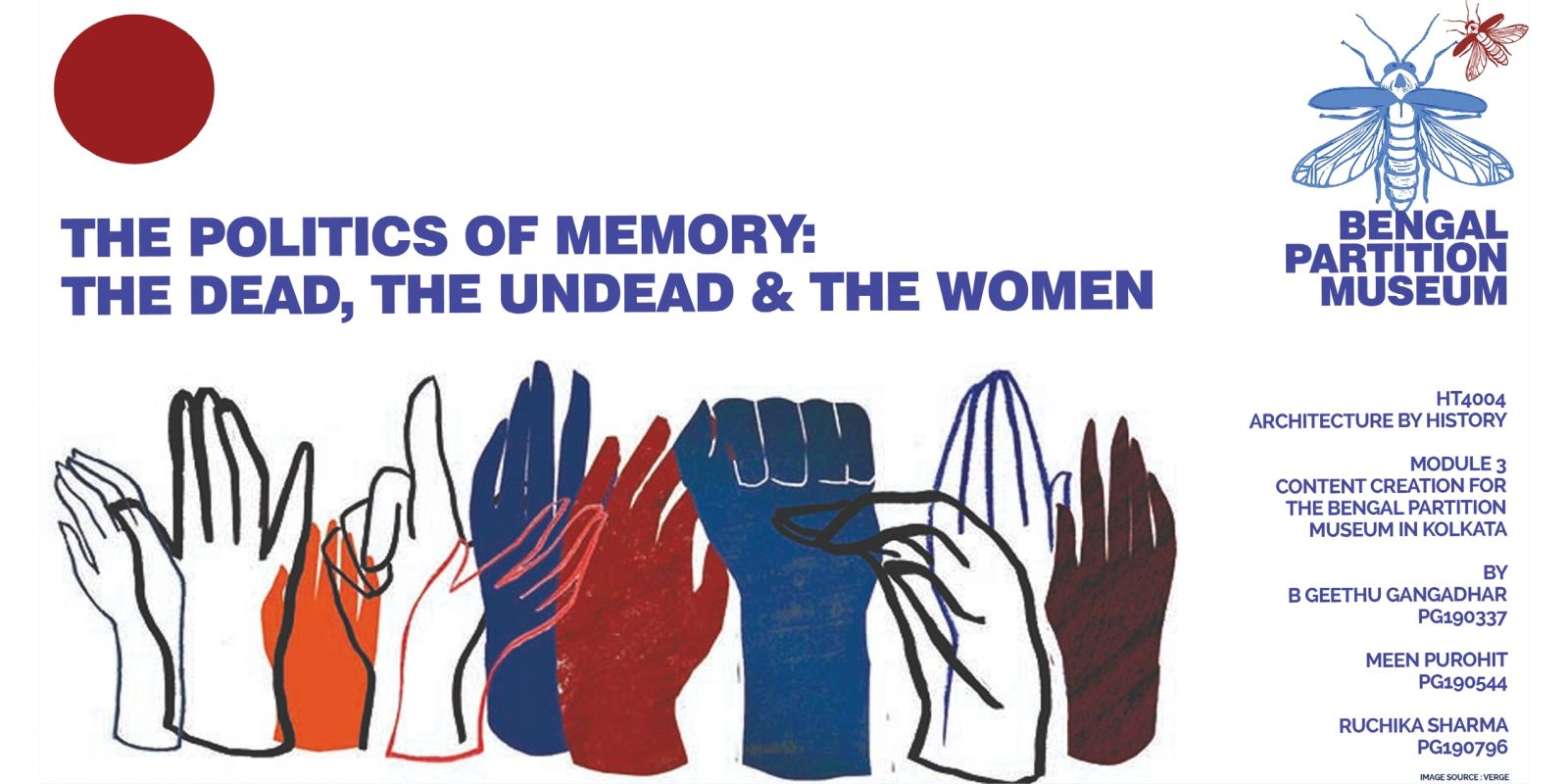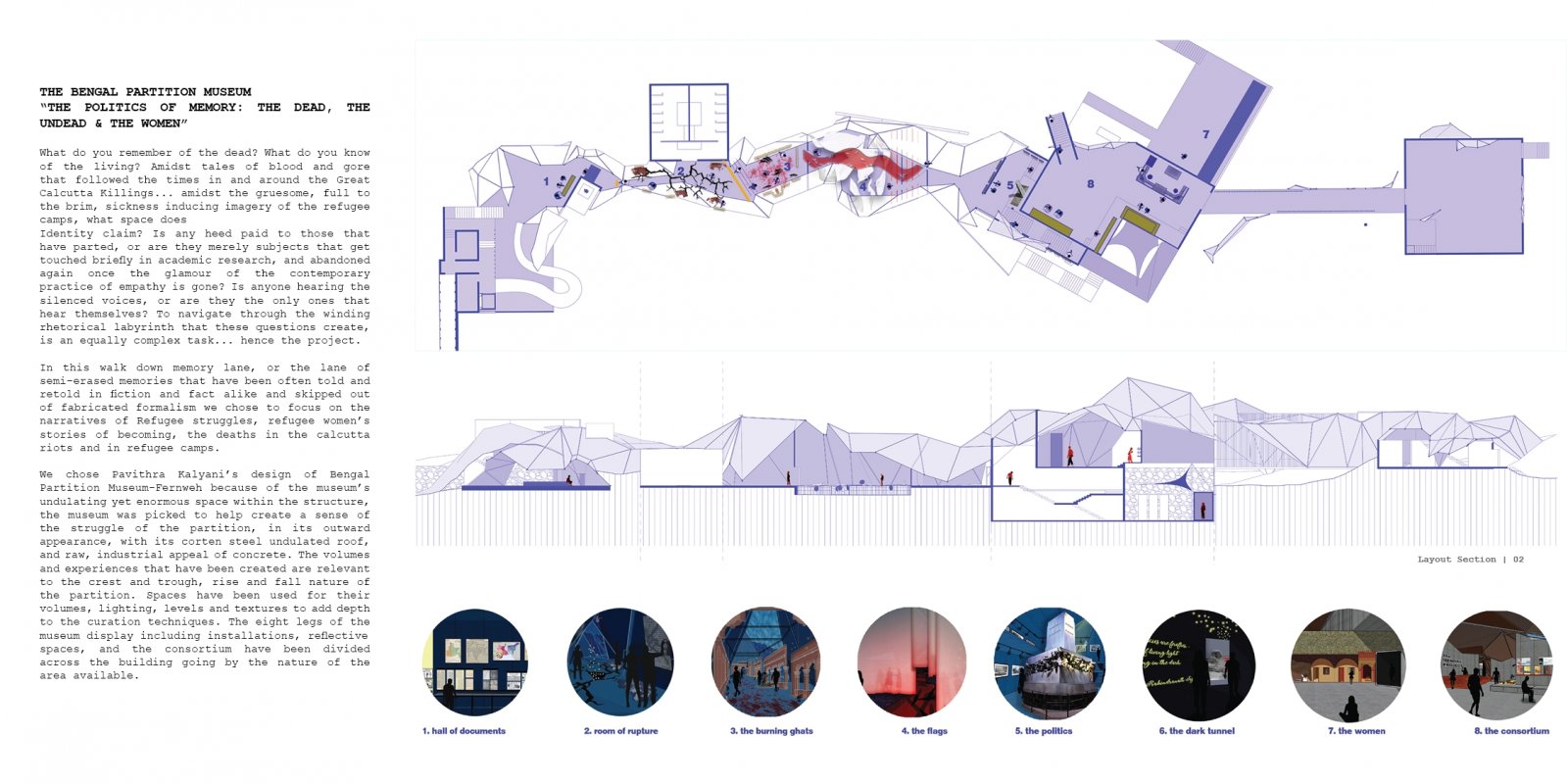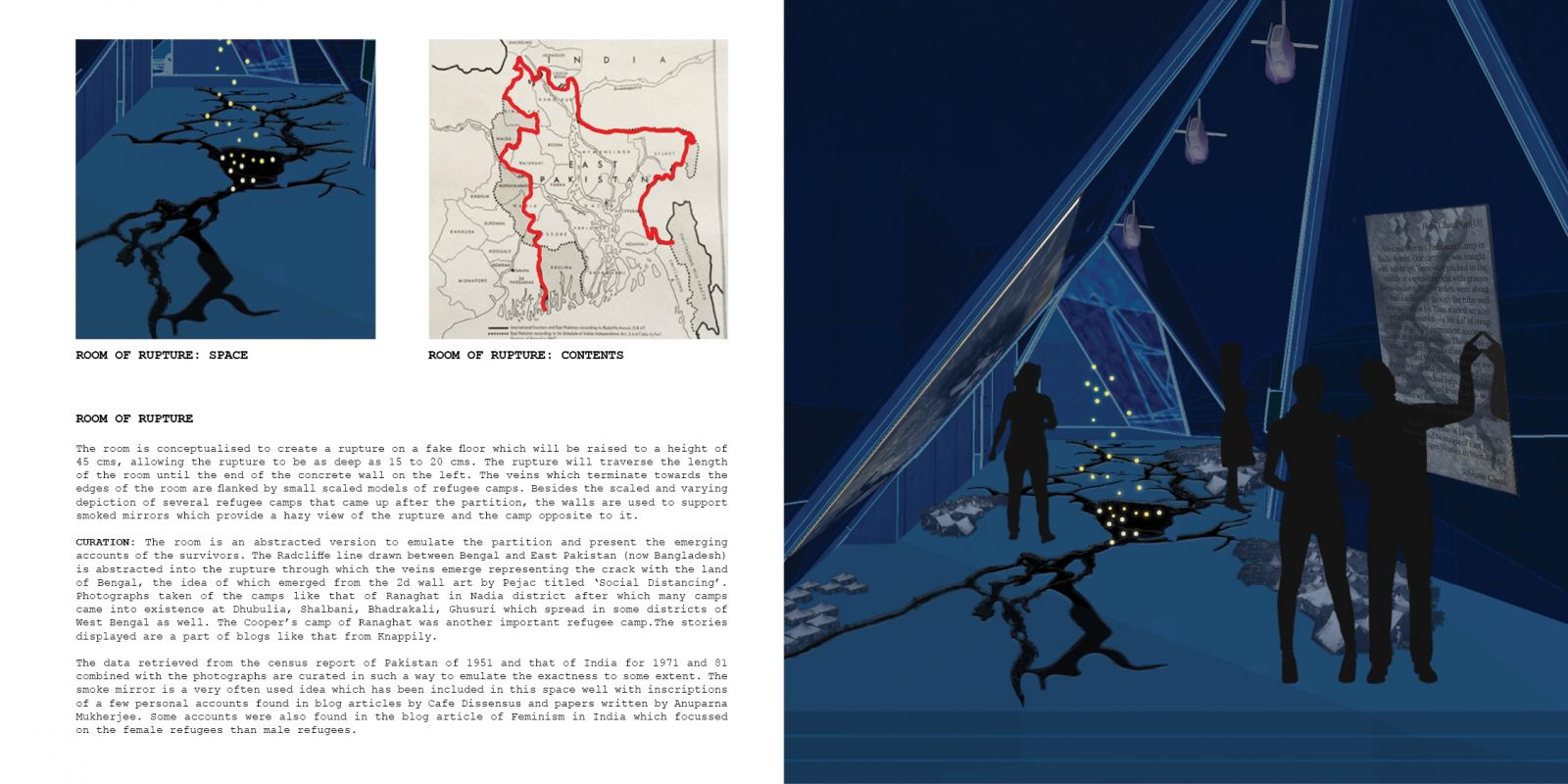Your browser is out-of-date!
For a richer surfing experience on our website, please update your browser. Update my browser now!
For a richer surfing experience on our website, please update your browser. Update my browser now!
Throughout the modules, I have aimed to work on topics/ issues which do not find enough accuracy in their representation in the scholar or the popular media work. The first module which starts as an individual project to becoming a group project, my topic of "GUN INDUSTRY OF CALCUTTA: SPATIAL INDICATORS OF IDENTITY ASSERTION & POWER CONTROL", evolved through this group work on the palimpsest maps. Each map made became an answer to the questions that linked our projects, individually helped me streamline the process of navigating through my topic of study. The palimpsest maps combined with the essay written for this module work in tandem with each other to provide a bigger picture scenario. The second module was our group's (Ruchika, Meen, and I) take on Chinatown in Kolkata that was inspired by the use and illustration of the places and the people in movies. Employing techniques of hyper-exaggerating reality as a way of simulation, we explored a variety of existing typologies to study how Indo-Chinese not just try to represent but also assimilate by adapting a bit of Bengali-ness in their architecture and daily-life. The third module was again a group work (Ruchika, Meen, & I) where the focus was to create a chronological sense of the journey traversed by the women and men of Calcutta alike during the partition, through the multiple lives that were lost, families that were stranded, and then to help put together an image of the women as being more than just those who have been subjected to violence and pain; to show their kindred spirits and subsequent attempts to make a mark for themselves and serve their families. Through this module, we comment on the autobiographical and self-praising nature of state narratives by the means of highlighting the erased identities of those lost to the violence. It also became a way to comment on how the state narrative subverts the voices of millions, turns them into silent voices, and consequently to begin to bring these voices to the fore.
View Additional Work